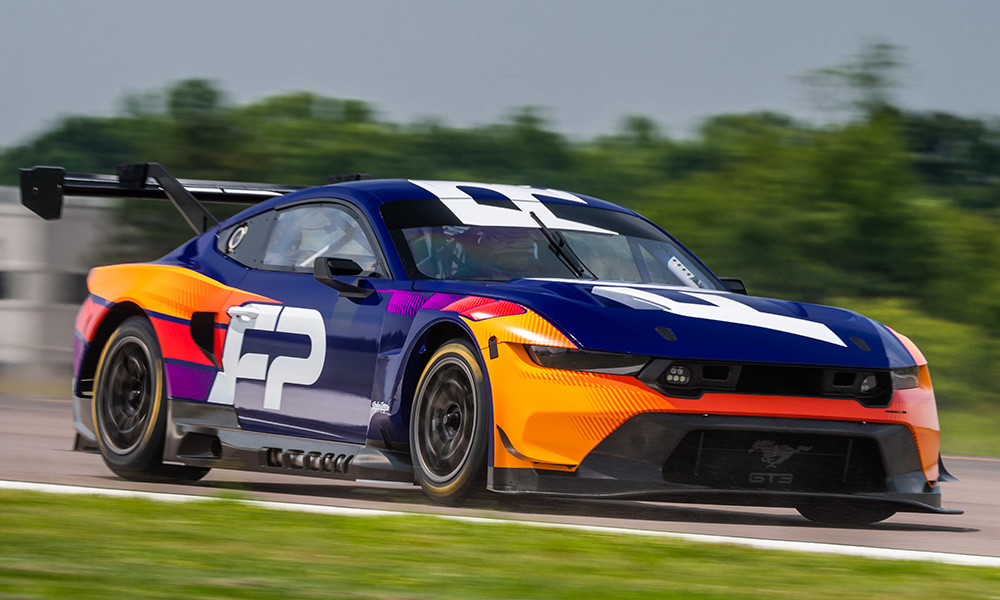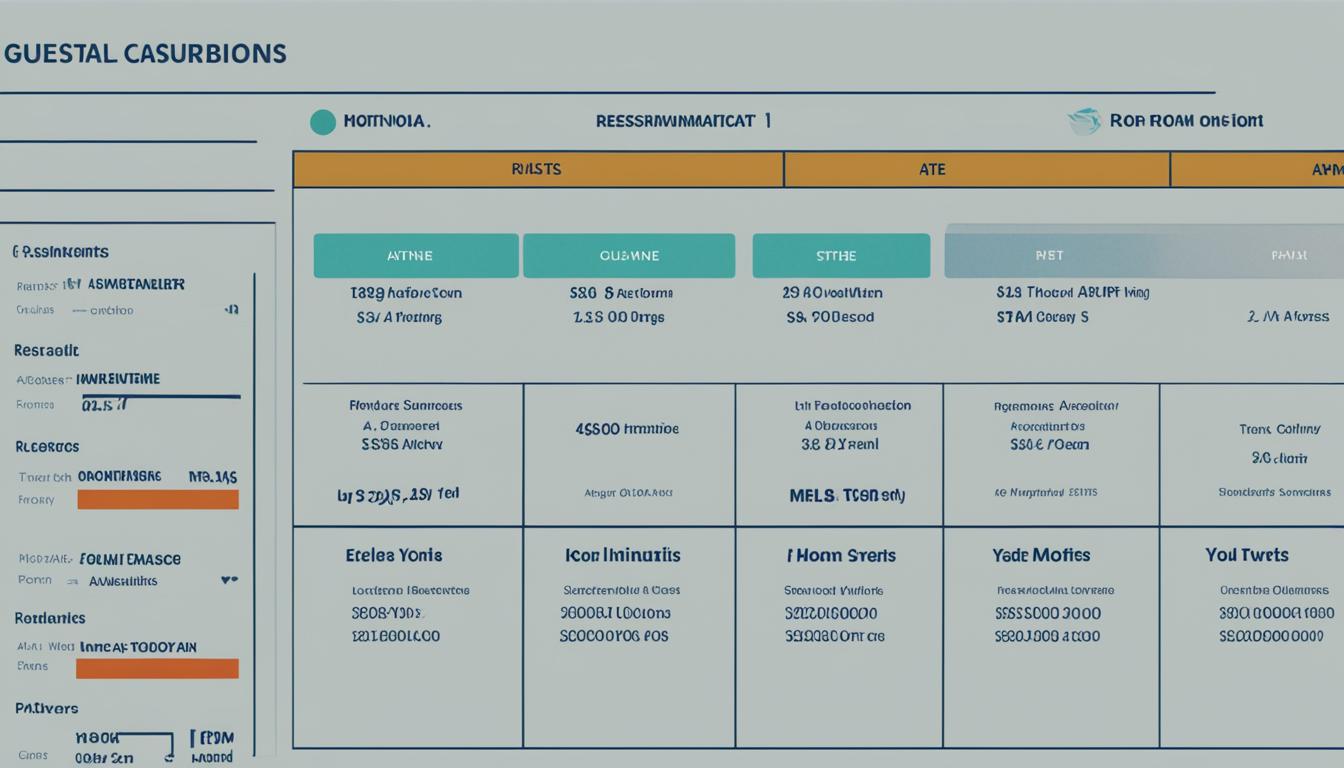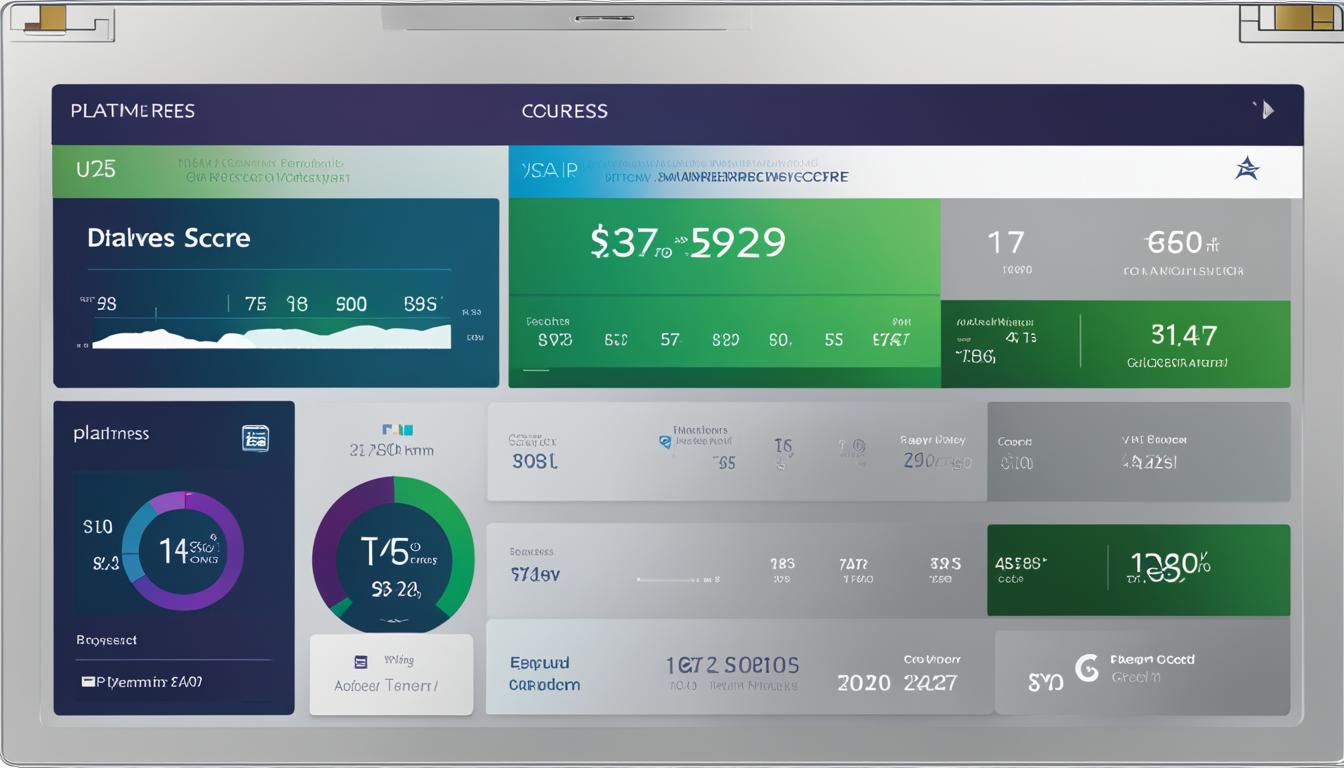Introduction
The landscape of global sports car racing is constantly evolving, with new class structures and platforms emerging. One such platform is the FIA-homologated GT3, which has stabilized production-based classes and facilitated convergence between various racing series worldwide. The popularity and accessibility of GT3 have convinced Chevrolet and Ford to introduce factory-supported racing versions of their iconic models, the Corvette and Mustang respectively. In this article, we will explore the entry of Mustang and Corvette into the deep pool of GT competition, their development, and their anticipated impact on the racing world. Mustang and Corvette: The New Contenders in GT Competition
The GT3 Platform: A Global Phenomenon
Over the past two decades, the FIA-homologated GT3 platform has gained traction and popularity among racing enthusiasts. The GT3 category emphasizes Pro-Am driver lineups, making the cars “user-friendly” with the inclusion of driver aids such as traction control and antilock brakes (ABS). These cars are meticulously designed to meet specific weight, power, and aerodynamic specifications through Balance of Performance adjustments. With GT3 cars weighing between 1,200 and 1,300 kilograms (2,645-2,866 pounds) and producing regulated power of 500 to 600 horsepower, they have become a global phenomenon, attracting manufacturers from around the world.
Mustang and Corvette: Joining the GT3 Fray
Recognizing the worldwide appeal of GT3 racing, Chevrolet and Ford have decided to join the competition with their iconic models, the Corvette and Mustang. These factory-supported racing versions have been developed to showcase the performance and capabilities of these legendary vehicles.
Corvette Z06 GT3.R: A Product of Collaboration
The Corvette Z06 GT3.R, which was unveiled during the 2023 Rolex 24 At Daytona festivities, is the result of a collaboration between Chevrolet and partner team Pratt Miller Motorsports. The development of this racing machine has been underway for the past year, with a shared goal of showcasing the Corvette’s racing prowess. The GT3.R is built on an aluminum chassis produced at Chevrolet’s Bowling Green Assembly plant in Kentucky. It features a 5.5-liter flat plane crankshaft DOHC V-8 engine, designated LT6, which shares 70 percent of its components with the standard Z06 engine. Pratt Miller contributes to the fabrication of integrated steel roll cages and side intrusion safety features. The Corvette GT3.R also incorporates racing-specific suspension, transmission, and braking components for optimal performance on the track.
Mustang GT3: A Collaboration with Multimatic Motorsports
Ford’s iconic Mustang has also embraced the GT3 platform, with the introduction of the Mustang GT3. Developed in collaboration with Multimatic Motorsports, the racing version of the Mustang starts its life in Ford’s Flat Rock, Michigan, assembly plant. It features a 5.4-liter V-8 engine, an enlarged version of the stock Mustang GT’s 5.0-liter “Coyote” powerplant. The engine, developed by Ford Performance and M-Sport, Ford’s longtime World Rally Championship partner, delivers the power and performance expected from a racing machine. Multimatic Motorsports contributes to the modifications required for racing, including the installation of a rear-mounted transaxle with a six-speed sequential shift. Additionally, the Mustang GT3 incorporates bespoke suspension and proprietary dampers for enhanced handling and performance.
The GTD and GTD PRO Classes: A Deep Pool of Competition
The Mustang and Corvette will compete in the Grand Touring Daytona (GTD) and GTD PRO classes, which feature a total of eleven FIA-homologated GT3 cars. These classes include renowned manufacturers such as Acura, Aston Martin, BMW, Ferrari, Lamborghini, Lexus, McLaren, Mercedes-AMG, and Porsche. The GT3 category’s emphasis on Pro-Am driver lineups ensures a level playing field and intense competition. With each car designed to meet specific weight and power regulations, the racing experience is truly thrilling.
The Transformation from Street Cars to Racing Machines
One of the remarkable aspects of the Mustang and Corvette GT3 versions is the minimal modification required to transform them from high-performance street cars to racing machines. In fact, the production versions of both the Mustang and Corvette feature more powerful engines than their GT3 counterparts. This highlights the exceptional performance and capabilities of these iconic models.
Corvette GT3.R: Built for the Track
The Corvette GT3.R leverages the production Corvette’s aluminum chassis produced at Chevrolet’s Bowling Green Assembly plant. The racing version’s 5.5-liter flat plane crankshaft DOHC V-8 engine (LT6) shares 70 percent of its components with the standard Z06 engine. Pratt Miller Motorsports, in collaboration with Chevrolet, fabricates the integrated steel roll cage and side intrusion safety features. The GT3.R also incorporates double wishbone suspension, racing-specific springs, dampers, and brake components. The six-speed sequential transaxle offers precise gear shifts, enhancing the car’s performance on the track.
Mustang GT3: A Racing-Ready Beast
The Mustang GT3 starts its journey at Ford’s Flat Rock, Michigan, assembly plant, where it receives modifications necessary for racing. The racing version features a 5.4-liter V-8 engine, an enlarged version of the stock Mustang GT’s 5.0-liter “Coyote” powerplant. Developed by Ford Performance and M-Sport, the engine delivers the power and performance required for competitive racing. Multimatic Motorsports contributes to the transformation by installing a rear-mounted transaxle with a six-speed sequential shift. The bespoke short-long arm suspension and proprietary dampers enhance the Mustang GT3’s handling and agility on the track.
The Arrival of Mustang and Corvette in GT Competitions
The Mustang and Corvette GT3 versions will make their worldwide competition debut in the 62nd Rolex 24, marking their official arrival in the GT racing scene. Fans of North American sports car racing will have the opportunity to witness the Mustang and Corvette in action, with both manufacturers fielding factory-backed efforts in the GTD PRO class. Corvette Racing, in collaboration with Pratt Miller Motorsports, will field the Nos. 3 and 4 Corvettes, featuring the familiar yellow livery. Ford Multimatic Motorsports will enter the Nos. 64 and 65 Mustangs, showcasing the Mustang’s performance capabilities. Additionally, AWA will represent Corvette in the GTD class with the Nos. 13 and 17 cars, while Proton Competition is slated to enter the No. 55 Mustang in select events.
A Global Racing Presence
With the availability of Mustang and Corvette street cars worldwide, Ford and Chevrolet will also have an international racing presence with their GT3 contenders. Proton Competition has entered two Mustangs in the FIA World Endurance Championship (WEC), competing against a pair of Corvettes prepared by TF Sport. This global presence demonstrates the manufacturers’ commitment to showcasing their racing heritage and expanding their reach in the competitive GT3 arena.
The Vision for the Future
Mark Rushbrook, the global director of Ford Performance Motorsport, expresses excitement about the future of Mustang in the WeatherTech Championship at the GTD PRO level. He sees the Mustang as an iconic symbol and believes that 2024 will be a significant year for the model’s racing success. Laura Wontrop Klauser, GM sports car racing program manager, shares a similar sentiment regarding the Corvette. She envisions Corvettes racing around the world and believes that their IMSA GTD PRO team will optimize the car’s performance to elevate the performance of all teams.
Conclusion
The entry of the Mustang and Corvette into the GT3 racing scene is a testament to the enduring legacy and performance capabilities of these iconic models. Their arrival adds depth and competitiveness to the GTD and GTD PRO classes, with fans eagerly anticipating their on-track debut. As Mustang and Corvette enthusiasts around the world prepare for an exhilarating season of racing, the GT3 versions of these legendary cars promise to captivate audiences and etch their names in the annals of motorsport history.




















